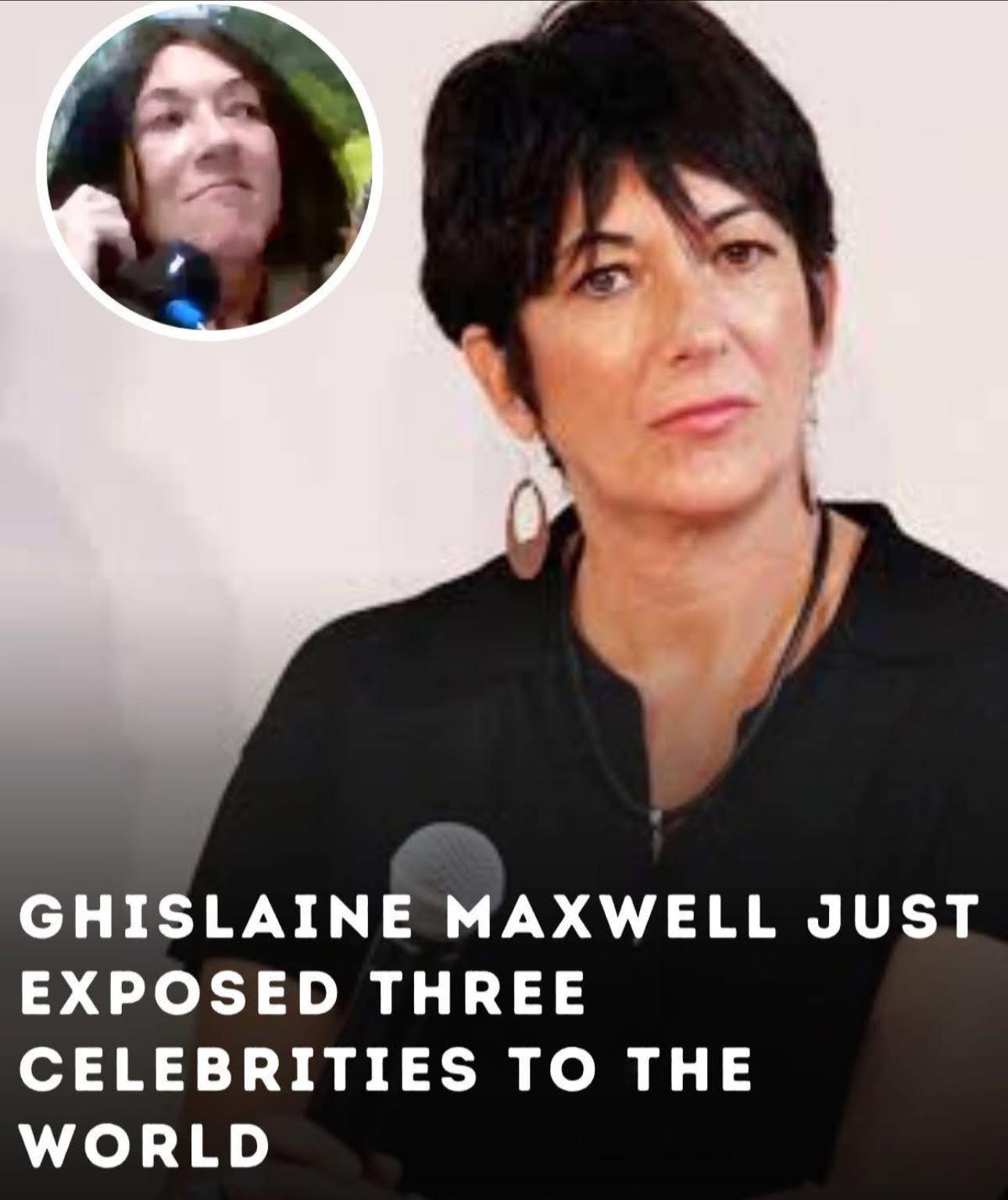A FIGHT OVER WHAT’S REALLY BEING HIDDEN
Ultimately, the controversy surrounding the remaining documents is a test of how a democratic society manages its competing commitments. Demands for full transparency collide with the need to safeguard vulnerable individuals, protect investigations, and uphold due process. Courts must honor legal promises made to witnesses and victims who came forward under specific conditions, often at great personal risk. The rulings so far suggest that, even under immense public pressure, judges will continue to act as gatekeepers. They will not simply give in to political theater, media frenzy, or the rapid cycle of online outrage. Instead, they aim to balance public interest with the responsibilities embedded in constitutional protections and ethical constraints.
This posture may frustrate those who believe that essential information is still hidden from view. Some argue that justice requires complete disclosure and that secrecy only serves to protect the powerful. Others worry that selective release of information can distort reality and feed conspiracy theories, since partial transparency can be weaponized just as easily as silence. Yet the situation reveals an uncomfortable truth. Justice is not the same as limitless visibility. Courts do not exist merely to broadcast every detail to the public but to preserve a system in which evidence is tested fairly and rights are not compromised in the pursuit of spectacle. A legal system that exposes private testimony without restraint may deter future witnesses from coming forward, especially in cases involving abuse, political corruption, or organized crime. When people fear that confidential statements could later be released to the world, they may choose silence over participation.
The debate also touches on the evolving role of public expectation in an age when information appears to belong to everyone. Digital culture has taught many that knowledge should circulate without barriers. People expect instant access, searchable archives, and unfiltered records. Yet institutions built for accountability operate on slower timelines shaped by rules, appeals, and evidentiary standards. The tension between these worlds ensures that conflicts like this one will recur. Modern citizens want transparency not only to satisfy curiosity but to confirm that powerful institutions are behaving ethically. They have seen too many examples where secrecy masked wrongdoing. The desire for full disclosure is partly a response to historic failures, yet that desire can overreach when it overlooks the human cost of disclosure.
The story of these documents is, in the end, a story about the boundaries of what the public is entitled to know. Those boundaries protect more than bureaucratic files. They protect the integrity of trials, the dignity of victims, and the possibility of truthful testimony. They protect national security in cases where sensitive intelligence intersects with criminal behavior. They protect unrelated individuals whose names might appear incidentally in records, even though they played no role in wrongdoing. The documents are not merely evidence. They are artifacts shaped by legal promises and ethical obligations.
As the echoes of this case persist, they leave behind a lasting question. How should societies balance the hunger for truth with the costs of exposing it. The answer will never be simple, because truth itself carries consequences. The challenge is to pursue transparency without destroying the very protections that allow justice to function.
